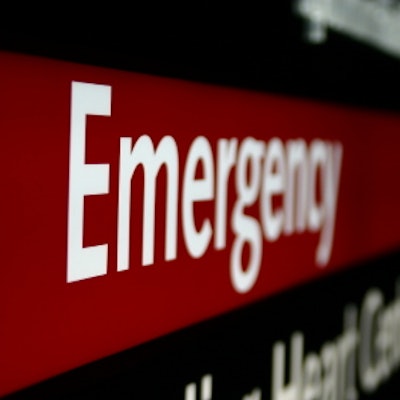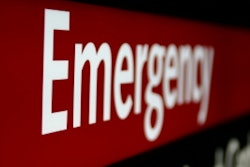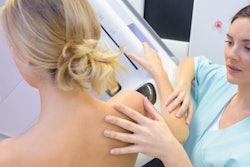
Radiologists and their emergency department (ED) physician peers can leverage opportunities to boost cancer screening when patients present in the ED, according to a study published January 23 in the Journal of the American College of Radiology.
Why? Because the emergency department is one of the few healthcare settings where people from traditionally underserved groups present for care, wrote a team led by Dr. Randy Miles of Massachusetts General Hospital in Boston.
"Limited access to a regular source of primary care, a hallmark of patients visiting the ED for nonemergent issues, has also been shown to represent one of the strongest predictors of nonadherence to cancer screening," the team noted. "Thus, patient visits to the ED may represent an opportunity to engage hard-to-reach patient groups about cancer screening."
More than 600,000 breast, colorectal, and lung cancers are diagnosed each year, and although screening reduces the disease burden of these cancers, people of color and those with less financial resources often encounter barriers to screening, Miles and colleagues wrote. The team investigated whether the emergency department could mitigate these barriers by offering an opportunity for screening.
Miles' group used data taken from the 2015 National Health Interview Survey for 19,546 patients who met age criteria for breast, colorectal, and CT lung cancer screening. The study's primary outcomes were self-reported instances of these screening exams based on American College of Radiology (ACR) recommendations for breast cancer and the U.S. Preventive Services Task Force (USPSTF) guidance for colorectal and lung cancer. Of the 19,546 patients, 17.7% reported a visit to the emergency department in the previous year.
The researchers found the following among these patients:
- 17.2% of women were not current with mammography screening.
- 16.9% of patients were not current with colorectal cancer screening.
- 25% of patients were not current with lung cancer screening.
The study also found that Latina and Black women were more likely than their white counterparts to be up-to-date on mammography screening based on an odds ratio (OR) of 1.77 and 1.37, respectively, compared with 1 for white women, and that patients with more education were more likely to be current on mammography screening than those with less education by an OR of 1.45. It also showed that patients without insurance were less likely than those with coverage to be current with both mammography screening (OR, 0.31) and colorectal cancer screening (OR, 0.56).
The results suggest that the emergency department could play a key role in boosting cancer screening adherence, the team concluded.
"Our study supports that preventative care interventions in the ED can reach millions of patients who are nonadherent in cancer screening guidelines, offering the potential to substantially improve cancer screening engagement through multidisciplinary partnerships," Miles and colleagues wrote.




















